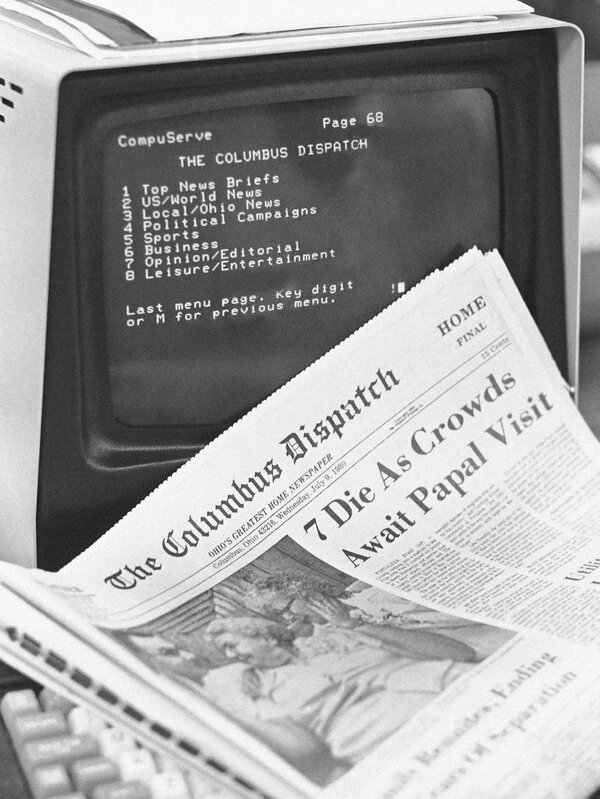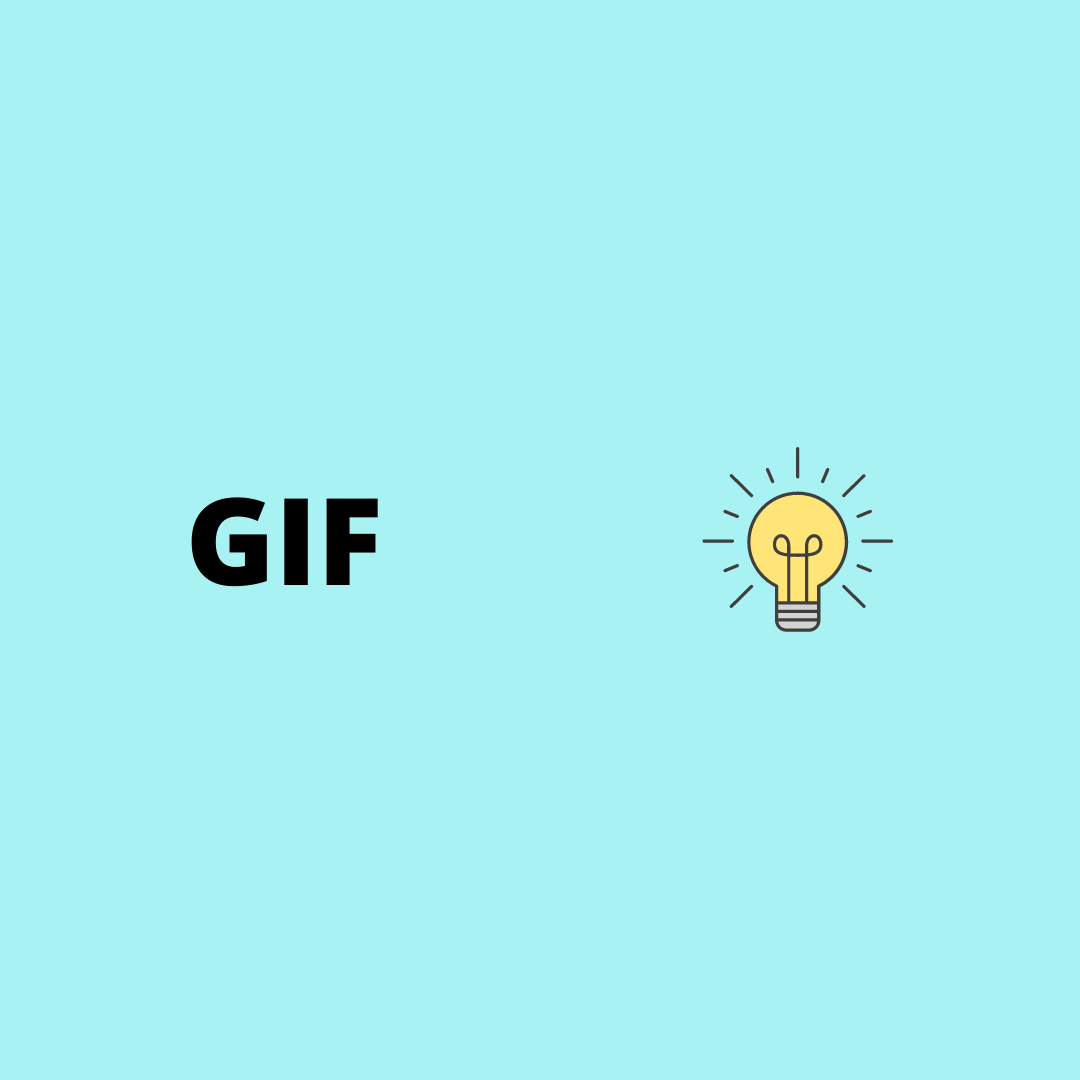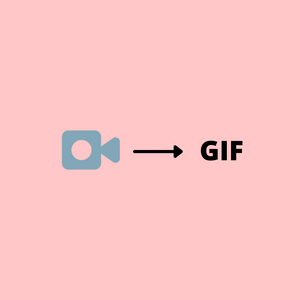“It’s pronounced JIF, not GIF”. These five words flashed on a screen when Steven Wilhite accepted the Webby award for lifetime achievement in 2013. He earned the distinction for inventing the GIF. Instead of giving an acceptance speech, Wilhite said it with a GIF.
People call the Webby the ‘Oscar of the internet’. The honor was well deserved as GIFs have long been an internet staple.
Today, people use GIFs in everyday conversation. They use them in chats, social media and even on professional websites, to bring levity to serious content.
Origin
In the 1980s, it was not easy to transfer images between computers. Each make of computer had its own special way of encoding and decoding image files. There was no industry standard to enable images created on one make of computer to render on a different make of computer. Also, images were huge, making it time consuming to move between computers.
To solve these problems, two things had to happen. One, a new protocol and data compression algorithm to represent images. Two, a format or protocol had to become an industry standard so an image would render on a computer of any make.
CompuServe, a software company, took on the challenge.

Wilhite, working for CompuServe, invented the Graphic Interchange Format (GIF) in 1987. He developed an image protocol using a compression algorithm. CompuServe released the protocol to the public domain.
CompuServe developed the GIF protocol for transferring and rendering a stream of online images in real time, such as live weather maps. But, the protocol was so good for storing image files that storage became its most popular use case.
CompuServe is handling the GIF protocol in a unique way. Most important: the protocol is public-domain. “And we want it to be an industry standard…The technology will be broadly available so as to promote the intention of its universal use.”, said Craig Knouf, Product Manager.
‘Computer users choose GIF’ from October 1987 issue of Online Today magazine
Here’s a timeline of major developments in the evolution of GIFs.
- 1987: the invention of GIF
- 1989: an enhancement to GIF, to enable animations
- 1995: the Netscape Navigator 2.0 browser adds support for playing GIFs in a loop. Other browsers later copy it.
- 1996: the dancing baby GIF goes viral
The problems that spurred the invention of GIF are hardly an issue now. Image files are portable across computers. With cheap and abundant storage, images files are small in comparison. Yet, GIFs continue to thrive. A picture speaks a thousand words, a GIF says a lot more.
Not all GIFs are .gifs
Today, the word ‘GIF’ refers to a looping video or animation played in mute. The underlying file format may or may not be .gif. In many cases, the underlying file format is a .mp4 video. This is because a video file format takes up less space compared to .gif.
A file in .gif format is useful for webpages that do not support video. For instances, web documents like Google Docs allow image and GIF files but not video.
Another advantage of a .gif, is that is it treated like an image file. This means you can copy paste .gifs between documents, etc.
Many technologies have appeared and vanished in the 33 years that the GIF has been around. The GIF continues to be popular because it enriches the way people communicate.


